
TagFine-tuning of universe for life

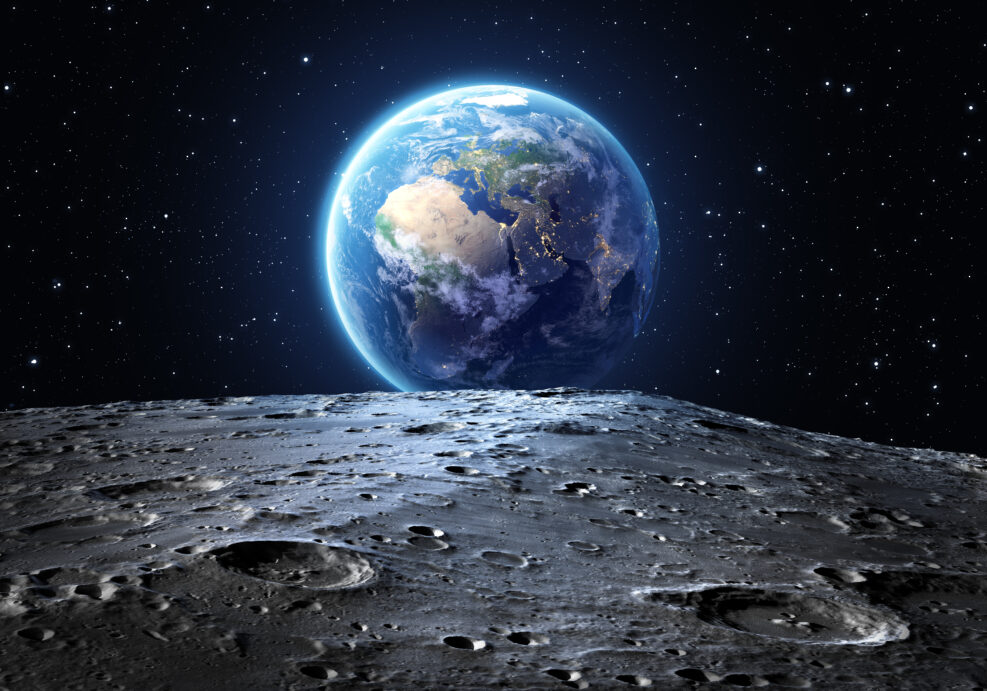
The Search for ET Should Quit Claiming Earth Is Not Special
How will we assess the raw probability of being alone in this universe when we have no other universe to compare with ours?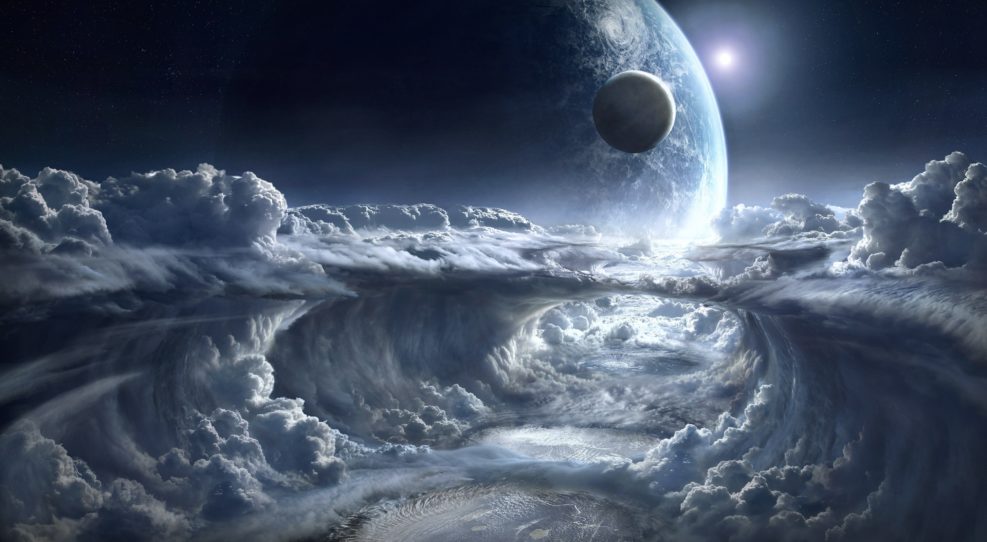
The Search for Extraterrestrial Life 19
One current focus for exoplanet research is on the way life is known to alters its environment in order to remain in existence — the Gaian Habitable ZoneIn our universe: “Billions of celestial objects revealed in gargantuan survey of the Milky Way”: “The new dataset contains a staggering 3.32 billion celestial objects—arguably the largest such catalog so far”: “Most of the stars and dust in the Milky Way are located in its disk—the bright band stretching across this image—in which the spiral arms lie. While this profusion of stars and dust makes for beautiful images, it also makes the Galactic plane challenging to observe. The dark tendrils of dust seen threading through this image absorb starlight and blot out fainter stars entirely, and the light from diffuse nebulae interferes with any attempts to measure the brightness of individual objects. Another challenge arises from the sheer number of Read More ›
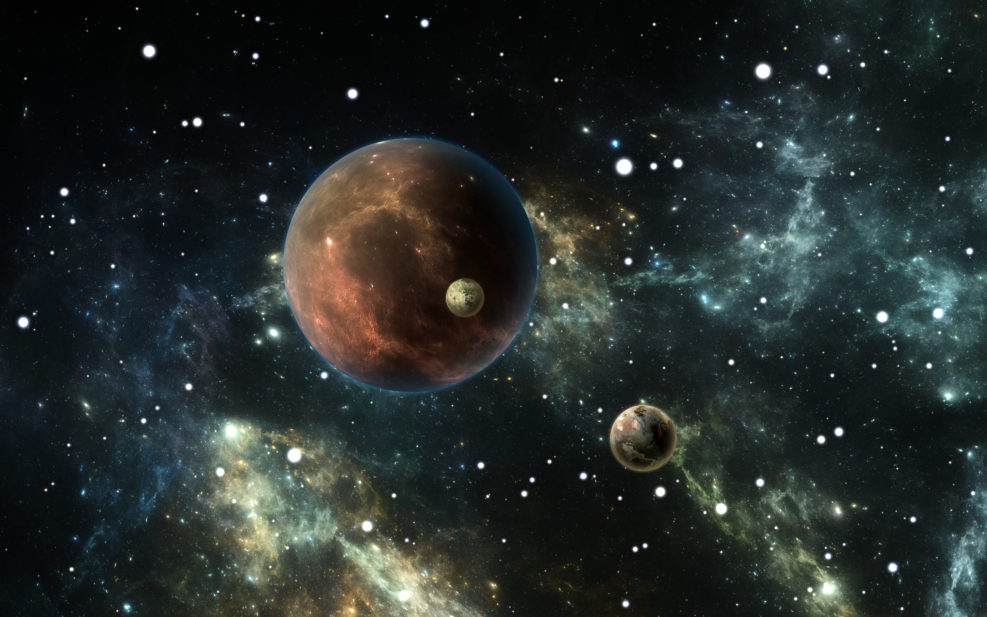
The Search for Extraterrestrial Life 18
We are starting to find more different kinds of exoplanets and an unexpected source of water on MarsIn our universe: Time travel? “How a Rotating Universe Makes Time Travel Possible” At Universe Today, Stony Brook astrophysicist Paul Sutter notes that mathematical philosopher Kurt Gödel (1906–1978) wrote a model for Albert Einstein (1879–1955) of a universe that allows time travel into the past: “Gödel constructed a relatively simple and artificial model universe to prove his point. This universe is rotating and contains only one ingredient. That ingredient is a negative cosmological constant that resists the centrifugal force of the rotation to keep the universe static. / Gödel found that if you follow a particular path in this rotating universe you can end up in your own past. ” (January 11, 2023) Our universe, as it happens, is not Read More ›
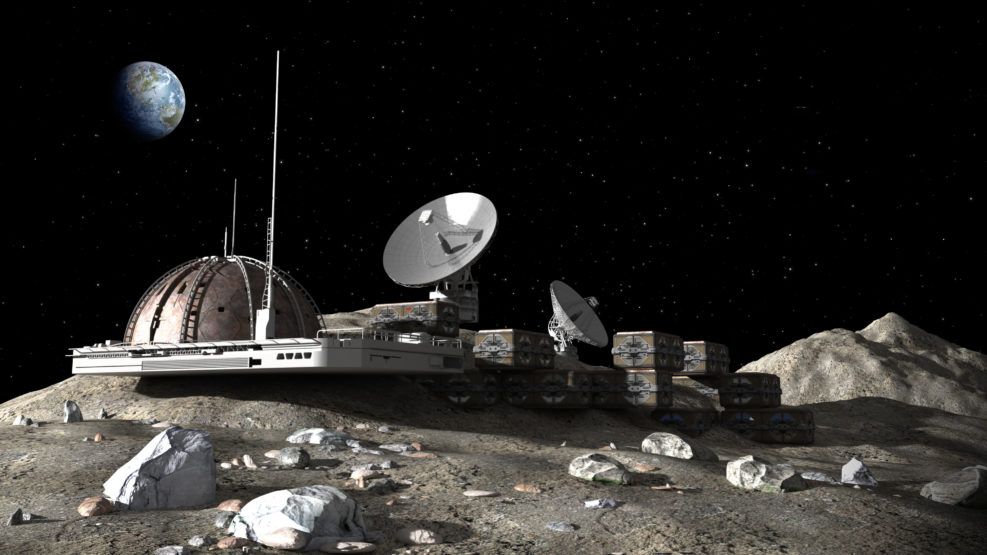
The Search for Extraterrestrial Life 17
Interest in moon exploration and bases is growing and it turns out there is more water there (carried by the solar wind) than thoughtIn our universe: We’re always learning new things now. The universe “has 2−3× more light than expected from the integrated light from galaxies” “According to new measurements by New Horizons, the light coming from stars beyond the Milky Way is two to three times brighter than the light from known populations of galaxies – meaning that there are even more out there than we thought! – Matt Williams, Universe Today, (December 24, 2022) The paper is open access. While we’re here, rogue stars may be even older than we thought: “”We don’t exactly know what made them homeless. Current theories cannot explain our results, but somehow they were produced in large quantities in the early universe,” James Jee, an astronomer Read More ›
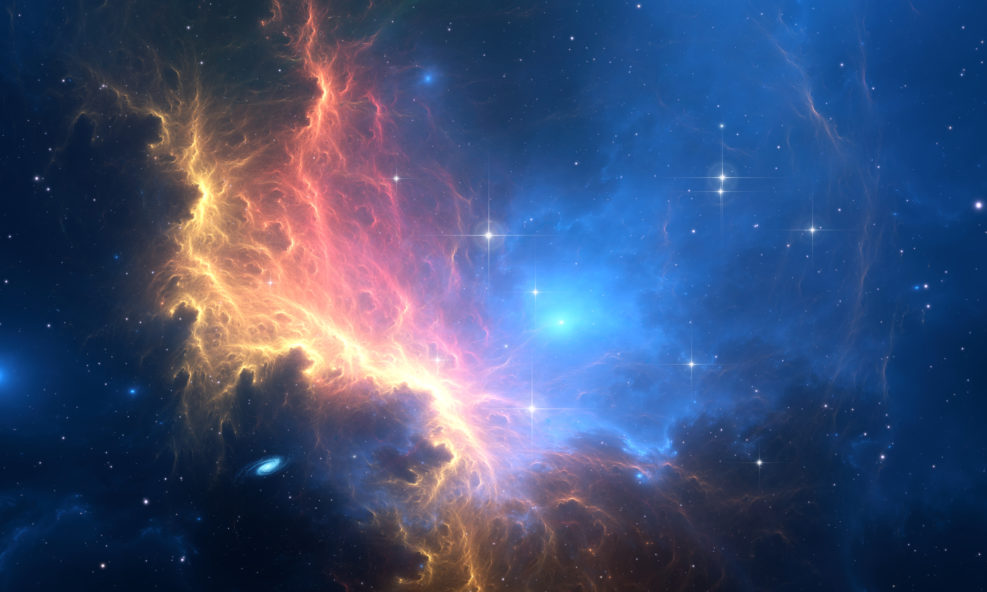
Has a Superintellect Monkeyed With Our Universe’s Physics?
Groundbreaking astronomer Fred Hoyle was a staunch atheist but then he tried showing that carbon, essential to life, could form easily…This story was #2 in 2022 at Mind Matters News in terms of reader numbers. As we approach the New Year, we are rerunning the top ten stories of 2022, based on reader interest. In “Has a superintellect monkeyed with our universe’s physics?” (August 14, 2022), our News division looked at the remarkable way that the physics of our universe enables life: Groundbreaking astronomer Fred Hoyle was a staunch atheist but then he tried showing that carbon, essential to life, could form easily… It got worse: To form carbon at all, gravitational forces must be balanced just right with the electromagnetic forces. That’s just the start… https://episodes.castos.com/id/91f5535b-1f52-41d8-ab90-d87ff21a6be1-IDTF-1632-StephenMeyer-God-Multiverse.mp3 Stephen C. Meyer: Now, some of the most important fine tuning parameters were Read More ›

The Search for Extraterrestrial Life 15
Recent news features Earth-like planets and water worlds — and how comet impacts may be providing Europa’s oceans with materialIn our universe: Here are the James Webb Space Telescope’s best images from a spectacular year first year (it launched December 25, 2021). Could there be such a thing as “dark light?” Science writer Tibi Puiu tells us at ZME Science that some physicists think that the mysterious dark matter of the universe is made out of dark photons: “A new study found that hypothetical particles called dark photons can explain discrepencies in the ‘cosmic web’.” (December 14, 2022) “First introduced in 1986 by physicist Bob Holdom, dark photons, also known as ‘heavy photons’ or ‘hidden photons’, are supposed to be gauge bosons for dark matter. Dark photons and regular photons are expected to mix, such that the dark photons Read More ›

News From the Search for Extraterrestrial Life 11
One paper says the planets around Trappist-1 may be more habitable than first thought but another says that planets around M-stars may be less so…Our universe: Three challenging ideas: A challenge to Newton’s laws of gravity: “An international team of astrophysicists has made a puzzling discovery while analyzing certain star clusters. The finding challenges Newton’s laws of gravity, the researchers write in their publication. Instead, the observations are consistent with the predictions of an alternative theory of gravity. However, this is controversial among experts.” – ScienceDaily (October 22, 2022) We know we are getting somewhere when we find out things we didn’t expect. The paper requires a fee or subscription. Is a new anomaly affecting the entire Universe? “The most puzzling, unexplained anomaly in all of cosmology is the Hubble tension: the difference in the measured expansion rate depending on which method is used. Read More ›

News From the Search for Extraterrestrial Life 7
Venus is back in the news, for what it can teach us about what can go wrong with EarthThe search continues. Last week we learned about an ancient ocean on Mars and also that Saturn’s moon Enceladus may be a better bet than Mars for life (in the oceans beneath its icy surface). Meanwhile, NASA slams the DART into asteroid Dimorphos NASA successfully struck asteroid Dimorphos, and witnessed the dramatic impact in real time from Earth. Engineers from Johns Hopkins University Applied Physics Laboratory (JHUAPL) in Maryland monitored their DART probe, short for Double Asteroid Rendezvous Test, as it approached the small asteroid on Monday (Sept. 26). This is NASA’s first planetary defense test, which might inform future efforts to change the direction of a dangerous asteroid traveling towards our planet. Doris Elin Urrutia, “The Top Space Stories Read More ›

Philosopher: “Universe Fine-Tuned for Life” is Just Folk Belief!
Do physicists claim that the universe is fine-tuned for life only when writing for a popular audience — and not in their professional work?Closer to Truth recently published a revealing podcast in which host Robert Lawrence Kuhn asked late Western Michigan University philosopher Quentin Persifor Smith (1952–2020), “What Does a Fine-Tuned Universe Mean?” (Aug 31, 2022). Smith iss esteemed for his work on philosophy of time, philosophy of religion, naturalism and atheism, philosophy of Big Bang cosmology and quantum cosmology. So can we really draw conclusions from the fact that our universe appears fine-tuned for life? Kuhn’s questions and Smith’s responses help us understand why the question remains controversial. A partial transcript and notes follow. Quentin Persifor Smith: (1:43) If the universe is causally deterministic, you can take whatever happens at any point and infer backwards that this is what must have happened, Read More ›
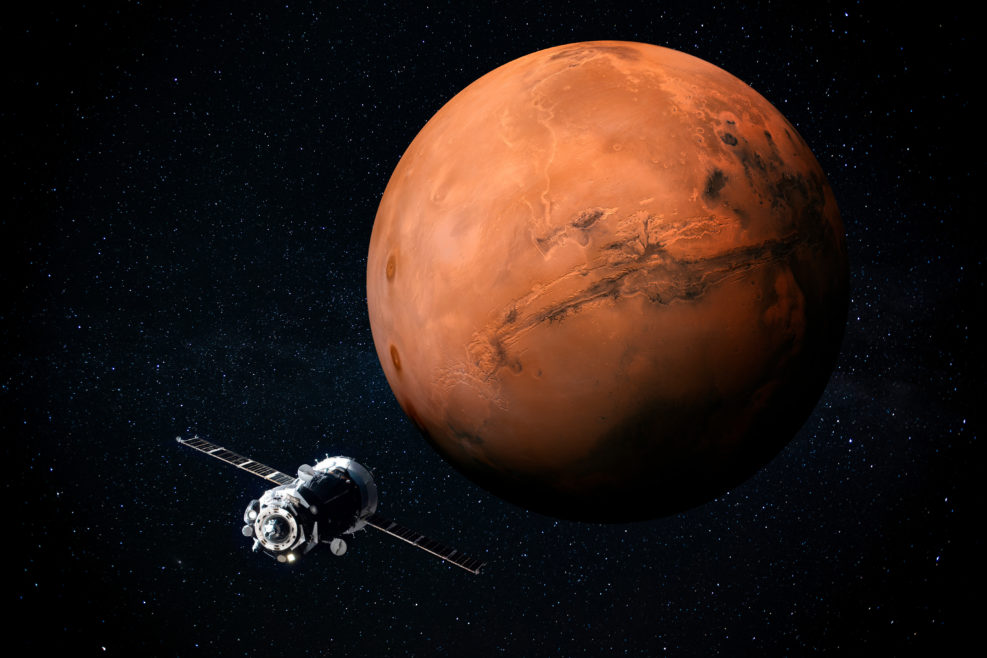
News From the Search for Extraterrestrial Life 5
NASA staff are said to be quite excited about organic materials around the Jezero Crater; astronomers are learning more about "eyeball planets"As the telescopes and other instruments rain data on researchers, each week brings news of interest: From our galaxy: Last week, planets orbiting M-type (common red dwarf) stars came up. Astronomers are classifying these planets in greater detail: “’We have discovered that small planets orbiting this type of star can be classified into three distinct families: rocky planets very similar to Earth, planets with half their mass consisting of water that we call water worlds, and mini-Neptunes with extended atmospheres of hydrogen and/or helium’, describes Pallé.” – Instituto de Astrofísica de Canarias (IAC) (September 8, 2022) One feature of these worlds may be a surprise: “Given that they are tidally locked to their suns, these planets may also have liquid Read More ›
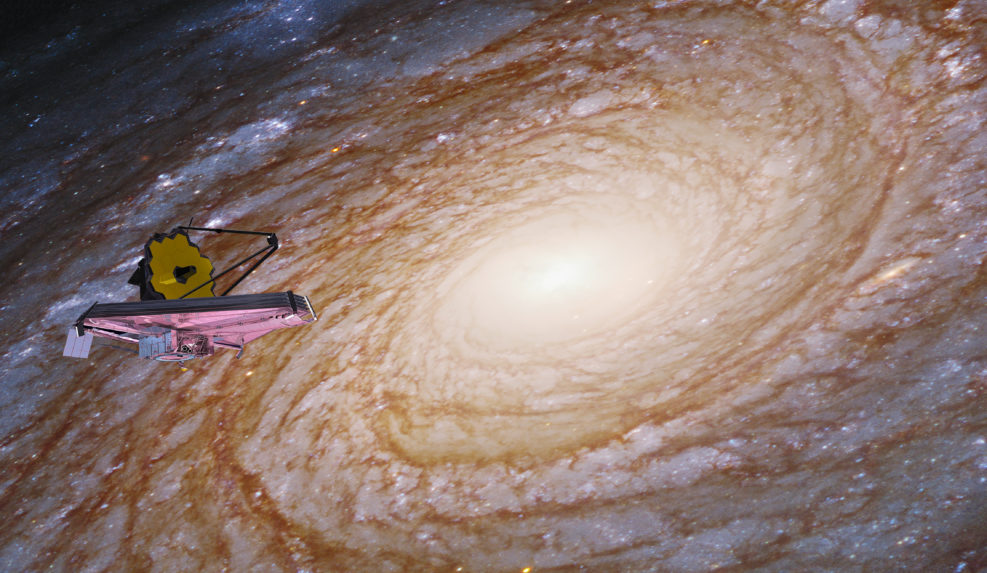
News From the Search for Extraterrestrial Life 3
The Webb gets a good closer look at an exoplanetExoplanets are hard to spot but the James Webb Space Telescope got an image of one (HIP 65426b), reported September 1: The planet is more than 10,000 times fainter than its host star and about 100 times farther from it than Earth is from the Sun (~93 million miles), so it easily could be spotted when the telescope’s coronagraphs removed the starlight. The exoplanet is between six and 12 times the mass of Jupiter—a range that could be narrowed once the data in these images is analyzed. The planet is only 15 million to 20 million years old, making it very young compared to our 4.5-billion-year-old Earth. Isaac Schultz, “See Webb Telescope’s First Images of an Exoplanet” at Gizmodo (September Read More ›
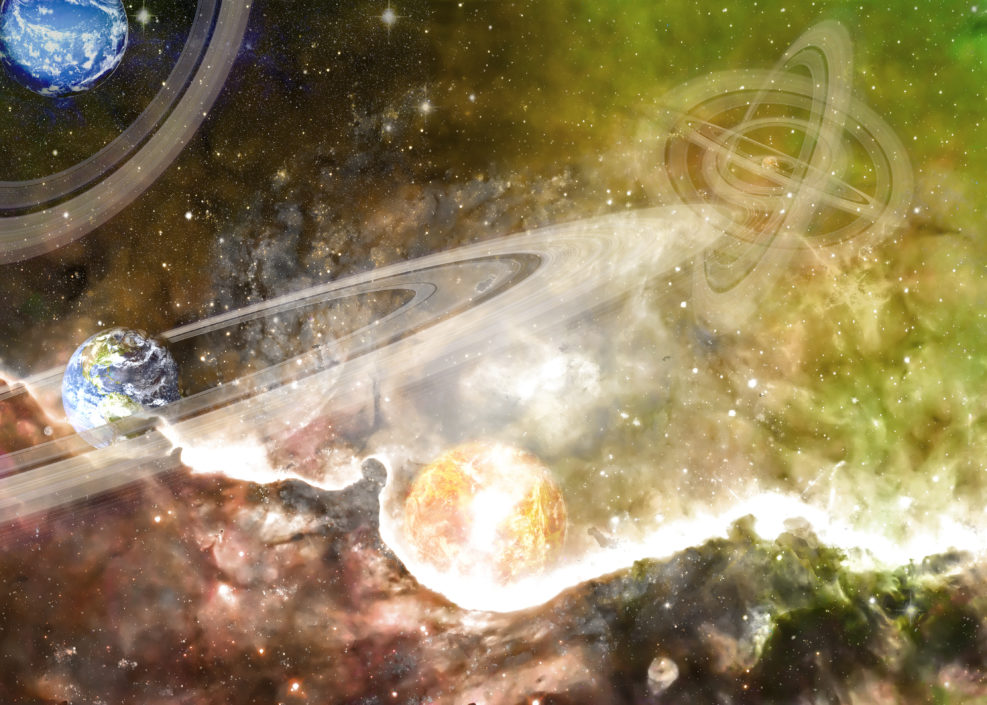
News From the Search for Extraterrestrial Life 2
A new ocean planet, a planet with carbon dioxide, and new information about life chances on MarsWhat may be an ocean planet has been discovered in the region of the Constellation Draco: An international team of researchers led by Charles Cadieux, a Ph.D. student at the Université de Montréal and member of the Institute for Research on Exoplanets (iREx), has announced the discovery of TOI-1452 b, an exoplanet orbiting one of two small stars in a binary system located in the Draco constellation about 100 light-years from Earth. The exoplanet is slightly greater in size and mass than Earth and is located at a distance from its star where its temperature would be neither too hot nor too cold for liquid water to exist on its surface. The astronomers believe it could be an “ocean planet,” Read More ›

Has a Superintellect Monkeyed With Our Universe’s Physics?
Groundbreaking astronomer Fred Hoyle was a staunch atheist but then he tried showing that carbon, essential to life, could form easily. Steve Meyer explains.In this second portion of a talk at the Dallas Conference on Science and Faith (2021), philosopher Steve Meyer discusses the ways in which groundbreaking astronomer Fred Hoyle (1915–2001) dealt with the fact that the universe seems fine-tuned for life. Hoyle’s widely cited comment on the subject was “A commonsense interpretation of the facts suggests that a superintellect has monkeyed with physics, as well as chemistry and biology, and that there are no blind forces worth speaking about in nature.” That was an unsettling idea for Hoyle, who was a well-known atheist, and he certainly sought ways around it. How did he fare? Dr. Meyer, author of The Return of the God Hypothesis (Harper One, 2021), reflects on Hoyle’s struggle. Read More ›